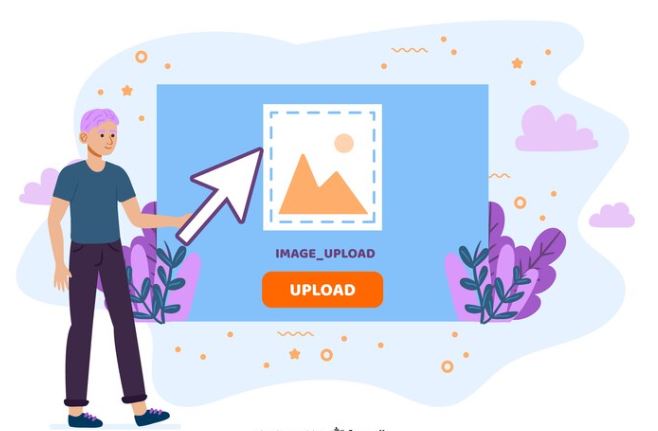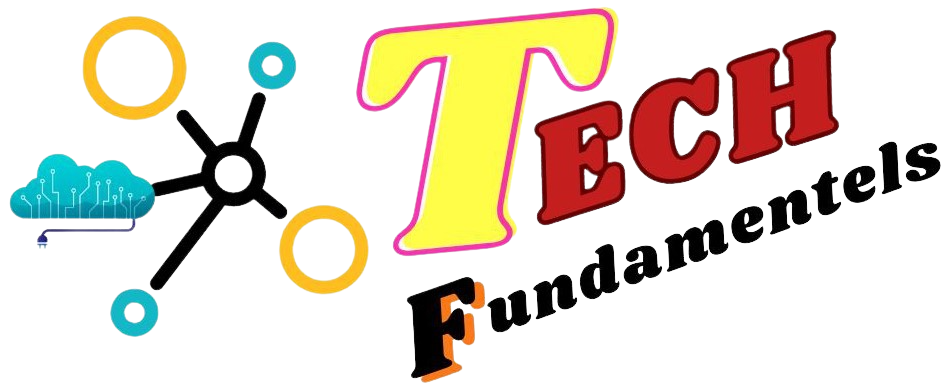How to make a Website?
Table of Contents

Introduction for how to make a website?
If you think about – how to make a website then here is the best solution for it. Making a website is a great adventure that allows you to share your passion, business or ideas with the help of articles among the world. You can create a professional and effective website that matches with your objectives and engages viewers by following these steps and keeping dedicated to your goals. Begin now and witness your website transform into a useful asset in the digital landscape. In today’s digital world, making a website is great platform to explore your business idea, store, shop or products. Developing a website is used to share your ideas, products or services with the world, whether you’re launching a blog, an online store or a portfolio. We will walk you through the full process of creating a website from choosing your topic to publishing it for the world to see in this step by step guide.
If you want to earn a passive income or build a fully internet based business, then you have a website to provide many possibilities. If someone is thinking about how to make money online, then create a website is best way for it. Making money online includes careful planning, strong execution and constant optimization. Following these steps will allow you to develop a website that attracts and engages your target audience, opening you for your online success. Remember that in this ever-changing online scene, consistency, innovation and adaptation are essential. Start today to achieve your earning potential in the huge world of the internet.
There are stepwise procedure to make a website as below :-
Procedure to make a website
1. Select a Niche/Topic for Your Website
The first step to make a website is to select proper niche for your blog. It is critical to select a niche for specialization in which passionate and knowledgeable both will be include. You can increase your chance to get success by focusing on a certain specialty and focusing your content and offers to a specified audience. Your niche is a topic, subject area or idea on which your website will build. This will be reflected in your content, making it more engaging to viewers.
Before you starting a website, it’s clear to specify your purpose and goals. Like-
- What is the main purpose of your website?
- Who is your target audience?
- What specific content or features do you want on your site?
- What are your long-term goals for the website?
Having a clear understanding of your objectives will guide your decisions throughout the website creation process.
2. Choosing a Domain Name

When your niche is finalized then you have to choose a domain name. Your domain name is related to your selected niche/topic, also it should be attractive, easy to remember and related to your industry. To improve search engine optimization (SEO) and make it easier for potential visitors to find your website, include important keywords in your domain name.
- A domain name is address of your website on the internet in which someone will reach at your address. (e.g- www.techfundamentels.com).
- Select a domain name that is related to your content and easy to remember. For choosing a domain name there are various platform eg.- Godaddy, Hostinger, Namecheap. Select the plan and choose your domain.
3. Select a better Hosting

- Once you have received a domain name, you will need web hosting to store your website data, files, contents and make it accessible online.
- In Popular hosting providers, it includes Hostinger, Bluehost etc. to provide better web hosting.
A trusted hosting provider is necessary for keeping your website easily accessible and performing smoothly. It is very important to choose a hosting company, which will give solid performance, fast loading speeds and outstanding customer service. At the time of choosing hosting, consider the size of your website, traffic expectations and budget. In todays’s date Hostinger is best web hosting for beginners.
4. Choosing a Website Platform
There are multiple website platforms easily accessible each with their own set of features and advantages. The most popular website platforms are WordPress, Shopify, which has its each platform’s usability, customization choices and compatibility with desired niche. It’s critical to choose a platform that connects with your website objectives and gives the capabilities you need to properly monetize your content.
There are several website building platforms available, each with its unique features and ease of use.
- WordPress: This is a strong and commonly used platform with limitless customization possibilities. This template is ideal for blogs, corporations, and e-commerce websites.
- Select a platform that meets your requirements and technological expertise.
5. Installing Required Plugins and Themes


- Plugins and themes are very important part in website, which can improve your website’s functionality and looks.
- Research and install necessary plugins to improve SEO, social sharing, security and other critical features.
- Choose a theme that complements your brand and increases user engagement.
6. Design your Website

The design of your website is critical to attracting and maintaining to your visitors. Choose a perfect design that similar to your brand identity and captures the attention of your target audience. Make sure the design is user-friendly, visually appealing and mobile-friendly. The design of your website should represent the identity of your brand. Colors, fonts, and layouts that are matching to your brand will help you develop a visually appealing site. The designing of your website is most important for better look. Your website’s design plays a most significant role in its success. Customize the appearance by selecting a theme or template that suits your design.
- Layout: Using a clean navigation menu or organize your information.
- Color Scheme: Select colors that will suit to your brand or create a specific atmosphere.
- Images: Use high-quality images and graphics that increase your content.
7. Building Pages for Your Website

It is now time to begin developing the pages that will make up your website. Start with the most important pages such as the homepage, About Us, Privacy policy and Contact Us. Also as per your requirement or depending on your niche need to add product pages, blog area or a portfolio. Concentrate on developing attractive and useful content that is attractive to your target audience. Focus on creating valuable and beautiful content to engaging your visitors. Common content elements include:
- Homepage: A details introduction to your site and its purpose.
- About Page: Information about yourself or your business.
- Contact Page: Provide contact details or a contact form for inquiries.
- Blog or Portfolio: Share your articles, projects or work samples.
- Products/Services: If applicable, showcase your products or services with descriptions and prices.
- Privacy Policy: Provide privacy policy of your website.
Create an attractive and SEO (Search Engine Optimization) friendly content by using focus keyword of that content with all SEO points and meta descriptions.
8. Add Functionality


Increase your website’s functionality with theme, plugins and widgets. Depending on your content, you can add below points also:-
- Social Media Links: Connect your social profiles to your website.
- Contact Forms: Make it easy for visitors to get in touch.
- E-commerce Features: If you’re selling products, set up an online store with payment processing.
- Analytics Tools: Track website traffic and user behavior.
9. Create Attractive Content
- The foundation of any successful website is engaging and valuable content. Create original and well-researched articles, blog information or product descriptions that provide your readers solutions or insights.
- In order to increase interactions, use multimedia components such as photographs, videos and charts.
10. Implementing SEO methods

To achieve natural traffic to website, need to do proper SEO (Search Engine Optimization) of your website. Perform keyword research and optimize your content, with the help of below points :-
- Use focus keyword in Main heading which must be in H1 HTML tag.
- Use focus keyword in first line of first paragraphs.
- Use H2 tag for subheadings and also create H3, H4 subheadings.
- Insert images with ALT tag (Use focus keyword ALT tag in min 2 images).
- Create featured image.
- If available- use related videos also.
- Create internal and external links.
- Create table of contents at beginning.
- Modify Meta descriptions, permalinks and descriptions with focus keyword.
Test the functioning and design of your website extensively before applying it. Check for broken links and errors and make sure all functions work properly. To satisfy viewers on multiple devices, optimize your site for mobile devices.
11. Creating Internal and External Links

- It is critical to include both internal and external links inside your content to increase the exposure and authority of your website.
- Internal links help users in browsing your website, while external links to trustworthy sites can increase your reliability.
- Check that all links are working properly and adding value to your audience.
12. Designing Content with Attractive Images

The use of images can help you capture your audience’s attention and make your content more interesting.
Include high-quality, relevant photos to increase your written content optimization.
Use picture optimization techniques to ensure quick loading times without losing quality.
13. Connecting Your Payment Processor (If required)

If you want to offer some products or services online, you must include a safe and dependable payment processor.
Research and choose a payment processor that provides smooth transactions while protecting critical consumer information.
Adding the payment process is increases user experience and conversion rates.
14. Promote Your Website
You must promote your website so that to reach the target audience on the basis of below elements:
- Social Media Marketing: To explore your content to visitors, share your website on social media channels.
- Email Marketing: Build an email list and send newsletters to subscribers.
- Content Marketing: Create valuable content that attracts visitors through search engines.
- Paid Advertising: Use online advertising platforms like Google Ads or social media ads.
15. Reviewing Your Website Before Publishing
- Before launching your website, check and review each page completely, looking for grammatical problems, broken links and design errors.
- To ensure an identical visitor experience, test your website’s operation across multiple devices and browsers.
- A clean, error-free website will make an excellent impression on your visitors.
16. Publishing Your Website

- Finally, it’s time to publish your website. Publish and promote your website through multiple channels such as social media, email marketing and search engine optimization.
- Continuously monitor and analyze the performance of your website, making appropriate changes to improve its efficiency.
Once your post contents are designed and ready with fully functionality, it’s time to publish on internet. Make sure that your domain name is linked to your hosting account and that your website is available to visitors.






